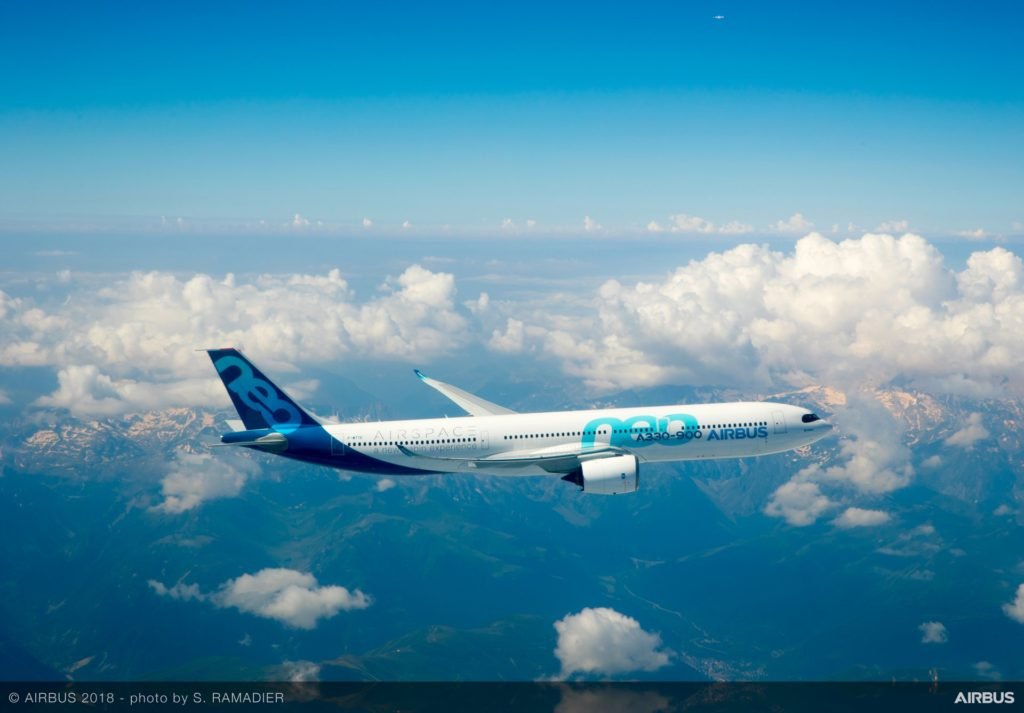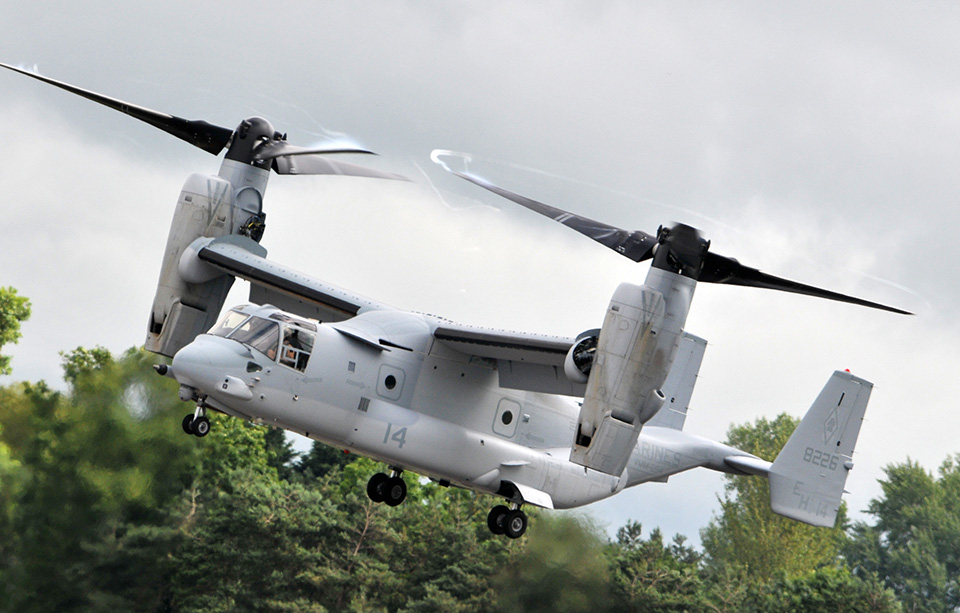Amtrak Pacific Surfliner Introduces 13th Daily Roundtrip
New service increases flexibility for customers traveling between Los Angeles and San Diego ORANGE, Calif. – Oct. 10, 2019 – The Amtrak® Pacific Surfliner® will soon offer an additional train in each direction between Los Angeles and San…

